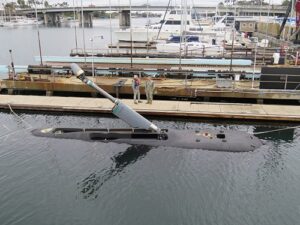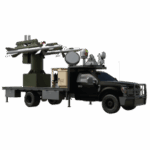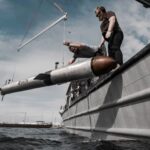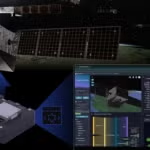
Boeing [BA] on Dec. 14 delivered its first Orca extra-large uncrewed undersea vehicle (XLUUV) to the Navy for continued testing that will provide lessons learned for the follow-on five prototype vessels the service will begin receiving in 2024. The first Orca vehicle, XLEO, will help the Navy with risk reduction and operational lessons. The next vehicle, XLE1, which will have a larger payload capacity, is expected to be delivered in early 2024. Boeing’s teammate on the 50-foot-plus autonomous, diesel-electric unmanned…

 By
By 











